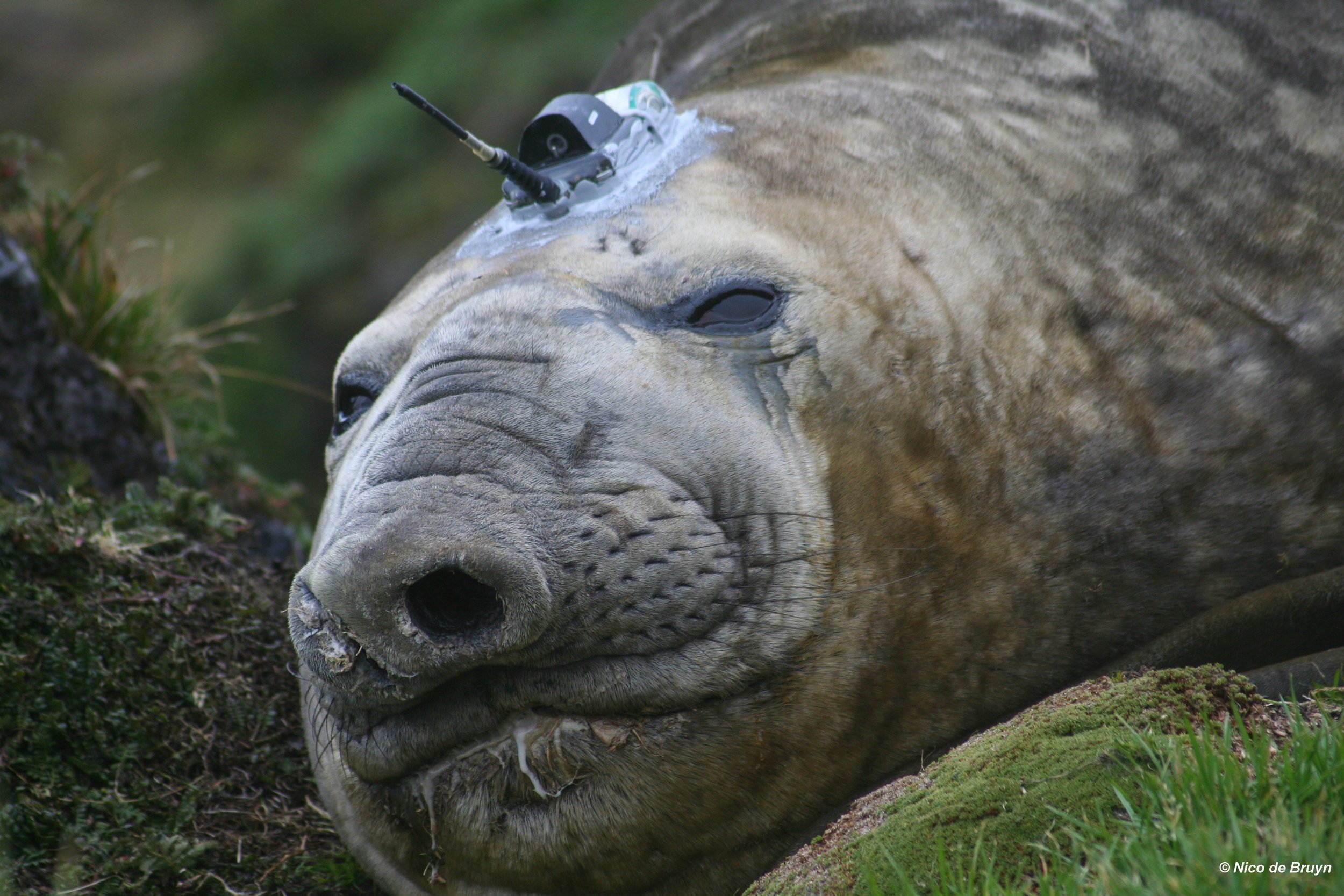MIMMP contributing to krill fishing/predator study in Antarctica
/This summer, MIMMP postdoctoral fellow Chris Oosthuizen is partaking in a multinational expedition in the West Antarctic Peninsula which aims to uncover predator-prey relationships that can be used in feedback management of the krill fishery in this region of the Southern Ocean. The invitation to participate in the expedition arises from the MIMMP’s current collaboration with Dr Andrew Lowther of the Norwegian Polar Institute (NPI) within the South African National Antarctic Programme (SANAP) framework. The Chilean Antarctic Institute (INACH) and Chilean navy support this cooperation by providing logistical support to the expedition.
The large, multidisciplinary expedition in the Bransfield Strait spans most of the short Antarctic summer, from November 2018 to end February 2019. Using miniaturized telemetry devices, teams located on three different islands within the Bransfield Strait will study the foraging behavior of krill-dependent predators. Concurrently, the spatial distribution and abundance of the krill prey field will be obtained through ship-based acoustic monitoring. By combining predator foraging behaviour data and acoustic monitoring data, the spatio-temporal overlap between at-sea habitat use of penguins and fur seals and krill fishing effort can be estimated. The data on predator foraging behaviour collected during this (and past) field season(s) will assist in the development of spatially and temporally relevant feedback strategies for long-term management of the krill fishery, including the planning process for Marine Protected Areas (MPA’s).
Chinstrap penguin (Chris Oosthuizen)
Chris (MIMMP, South Africa) will be based at Harmony Point on Nelson Island for the duration of the expedition, along with William Jouanneau (France) and Lucas Kruger (INACH, Chile). Nelson Island is part of the South Shetland Islands, and an Antarctic Specially Protected Area. Though most of Nelson Island is covered by glaciers, Harmony Point is ice-free and supports breeding colonies of 12 seabird species, among which one of the largest single colonies of chinstrap penguin (Pygoscelis antarctica) in Antarctica. Large giant petrel (Macronectes gianteus) and gentoo penguin (Pygoscelis papua) colonies also occur here. Seals do not breed here, but often haul out to rest. Harmony Point is botanically interesting too, as moss carpets, as well as lichens, fungi and two species of vascular plants, occur here. There is no field station Nelson Island and thus the team will camp for the duration of the expedition.
South Africa is further represented on this expedition by Dr Azwianewi Makhado from the Department of Environmental Affairs (DEA), who was a MIMMP sealer on Marion Island in 1999/2000. Together with Audun Narvestad (NPI, Norway) and Magdalena Huerta (INACH, Chile), Dr Newi Makhado will be camping on Kopaitic Island near the Bernardo O’Higgens Base (Chile) on the Antarctic Peninsula. The final team, comprising Dr Andrew Lowther (NPI, Norway) and Dr Heidi Ahonen (NPI, Norway) set up camp at Deception Island on 23 November.
The Harmony Point and Kopaitic Island teams sailed from Punta Arenas (Chile) on 24 November aboard the Frigate Achilles. They arrived at the South Shetland Islands on 29 November having navigated the Beagle Channel and Drake Passage on the way.
More updates coming soon!



















